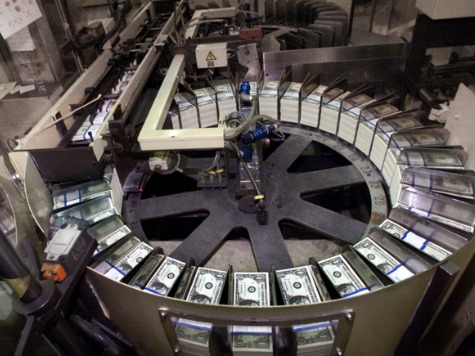The US Treasury said Friday it was launching “extraordinary” money management procedures to keep paying its bills as its ability to borrow to finance the country’s deficit was capped.
The official debt ceiling was to be reinstated late Friday at the current borrowing level — nearly $17.3 trillion — as Congress and the White House squared off in the newest battle over the cap that could, for the fourth time in three years, push the US close to a default.
In a letter, Treasury Secretary Jacob Lew told John Boehner, the Speaker of the House of Representatives, that “it would be a mistake to wait until the last possible minute” to raise the ceiling.
Special measures to keep up with the government’s obligations would only last three weeks, he said.
The obligations include everything from ongoing operations to salaries and pensions to servicing the country’s debt load.
Boehner’s Republican Party has sought to tie budget measures to any legislation raising the debt ceiling, but President Barack Obama has repeatedly said he would not accept any conditions for an increase.
The government has a chronic budget deficit, projected at $500 billion this year, which it needs to fund through borrowing.
On previous showdowns over the debt ceiling, businesses and investors became more cautious and US bond yields rose amid worry that the country could be forced to default on its debt.
The borrowing ceiling was last lifted in October, after a debt and budget fight that forced the temporary shutdown of much of the government.
In a similar debt ceiling showdown in August 2011, Standard & Poor’s dealt the country its first-ever credit rating downgrade, citing the uncertainty created by repeated budget and borrowing battles over policy making.

COMMENTS
Please let us know if you're having issues with commenting.